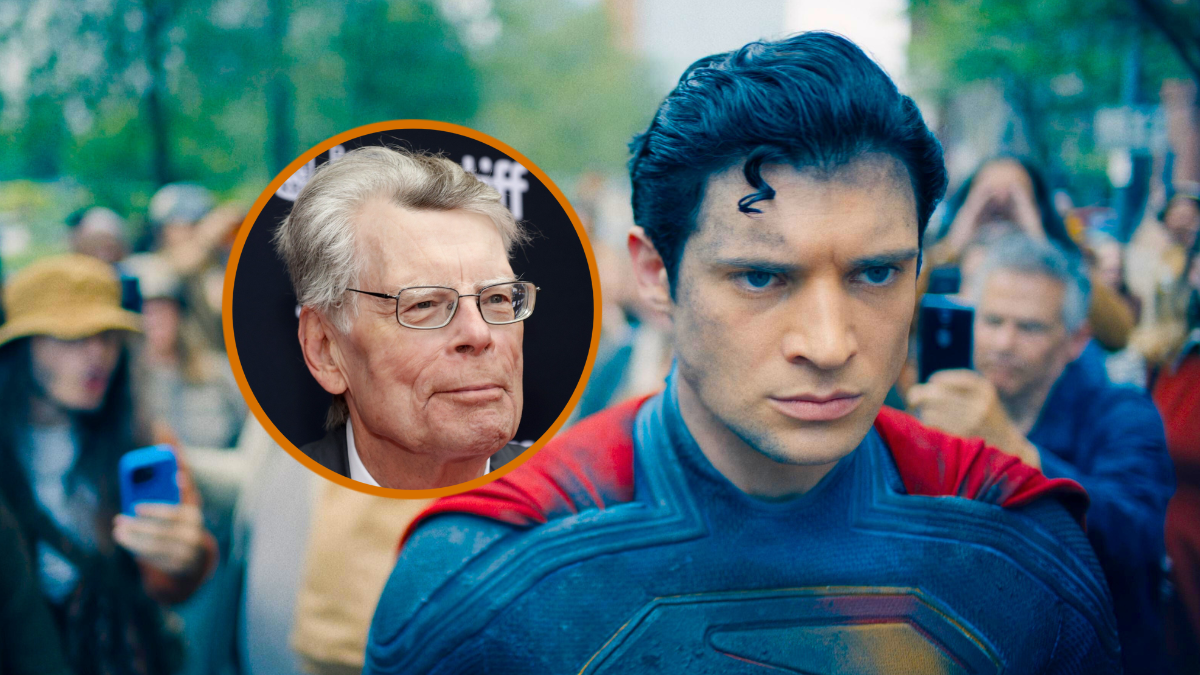
The previous two feature movies by director Steve McQueen showed he was a filmmaker with unique abilities and tastes. Hunger and Shame were completely different in their settings and subjects, yet stylistically they shared enough features to clearly show the hand of an artist with a certain confidence in both his skills and the audience’s capacity to comprehend and appreciate a different kind of cinema. 12 Years a Slave is an undeniable step forward for McQueen, and yet the aesthetic touches and rhythmic choices make it feel very much like a progression in a single career.
The differences come largely due to the emotional heft of the subject matter. Where Hunger and Shame took a perspective with some distance, resulting in some coldness and lack of emotional satisfaction for some viewers, 12 Years is all emotion. What is especially powerful about the emotion of the film is that it’s something that is constantly being suppressed, a geyser of feeling that at some point must reach its bursting point. This felt like a real departure from the other two films. The similarities, then, seem to be strengthened by this emotional dimension: little moments that carry tremendous weight as we watch them are allowed to linger in our eyes, in one powerful instance, stretching on for the better part of a day, and McQueen’s trademark deliberate pacing and long takes makes this feel like the forever that it ought to.
More on that in a moment. The story of 12 Years a Slave is almost expected to be known going into the film; the “true story” angle is part of its appeal and intrigue, and eventual horror. Solomon Northup is a free black man living in New York in 1841 until, on a trip to Washington, D.C., is kidnapped, sold into slavery, and endures life as another man’s property for 12 years. Chiwetel Ejiofor portrays Solomon as if he’s the character he’s been waiting to play for years. His emotions are always near the surface, and the struggle it takes for him to wear the mask of a slave in order to preserve his life is always on his face. There’s a key scene early in the film where two characters essentially demonstrate the two paths for him to take, and influence the approach he chooses to take as he comes to terms with his new fate.
Along the way Solomon encounters a range of owners, foremen, and laborers with a fairly narrow range of opinion when it comes to people owning people. The benevolent ones, such as the preacher and slave owner played by Benedict Cumberbatch, are never so cruel as to be entirely reprehensible, but remain complacent and refuse to act in crucial situations, clearly indicating their level of responsibility in a horrifically immoral economic system. Others, like the Epps character played by Michael Fassbender (the constant player in McQueen’s feature films), capture the worst aspects of the slave system’s defenders: fear of change, desperation to keep their lives the way they are, and an utter lack of conscious in doing what it takes to please themselves.
The performances in a story like this need to be excellent, and so one of the main reasons the movie works so well is that the acting is superb across the board. Fassbender, as the actor most familiar with McQueen’s style, wrings every bit of despicability out of his slave-owning character. Cumberbatch does an excellent job expressing his character’s conflicted state of mind, and the cowardice ultimately required to essentially do nothing to help out Solomon’s situation. Brad Pitt, though factoring in a small role, provides the sincerity needed for Solomon to place trust in him after being burned by previous potential conspirators. It’s Ejiofor, though, who commands the screen the way that this protagonist must. We’re transfixed by his gaze, which is sometimes meant to reflect or inform our own reaction to horrors we witness together, but also is a source of constant wonder. He’s had to turn his thoughts and emotions inward, and Ejiofor’s facial performance keeps us engaged.

The pacing of the film is another reason it works at a a level we might as well call perfect. There’s a stretch of the movie where we don’t fully understand the timeline of Solomon, or “Platt” as he comes to be known, and that’s part of the important element of time that the movie focuses on. But on simply an experiential level, the time we’re given to process some of the brutality in the film, which is graphic and disturbing in way appropriate for the subject matter, is just right. The balance struck between forcing ourselves to observe the most cruel oppression imaginable and being simply unable to watch any longer is exactly where it needs to be. It should be stressed that the movie is extremely difficult to watch at times, and stressed with an equal amount of emphasis that this difficulty is part and parcel what makes this movie a vital one.
The theme of responsibility and complacency in the face of human suffering pervades most scenes of the film, and the impressive thing about it is that it’s not necessarily judgmental. This is, frankly, a master stroke. Numerous times throughout, individuals are presented with the opportunity to stop horrific acts, and they do nothing, but to determine the rightness or wrongness of their decision is extremely complicated. One of Solomon’s first encounters on a slave ship is mirrored later on in the movie, with Solomon being put on the other side of the encounter. All of a sudden our judgment of a previous character’s actions are cast in a completely different, greyer light. What this does is keep this movie from being one of those films that gives the audience a sensation of moral superiority or self-congratulation when it comes to historical moral bankruptcy. There are enough parallels to human trafficking and abuse that exists today, and the relationship of the powerful to the powerless and matters of survival come to the fore, become impossible to ignore. And yet we do it all the time. Like some of the most powerful images in the movie, we train ourselves to ignore the suffering of others because we fear losing the small amount of freedom we are able maintain ourselves.
That’s also why the happy moments of the film don’t feel like victories. The end of Solomon’s 12 years isn’t treated like a relief, or at least not entirely. It’s a fascinating contrast to the slave tale that will be most fresh in moviegoer’s minds, Django Unchained. The distinction between the two established early on, and reiterated clearly by the carpenter character played by Brad Pitt, is that we feel like the plight of Solomon, to varying extents, could very easily happen to us. That’s a terrifying prospect. The greatest accomplishment of 12 Years a Slave might be that it induces this terror and anger all while leaving us powerless to do anything about it. All we can do is watch.










Published: Sep 7, 2013 09:58 am